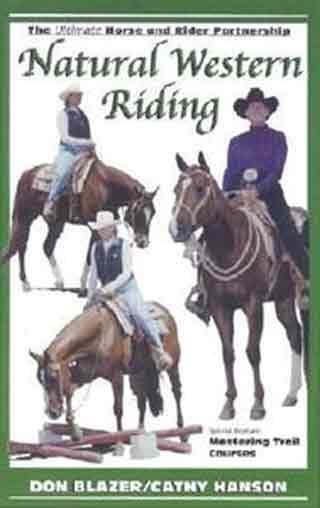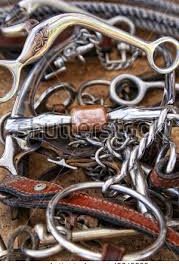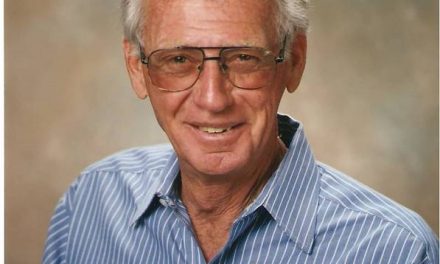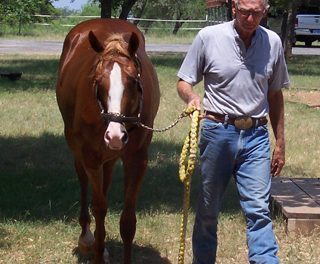A Horse, Of Course
 Mary Twelveponies wrote a book in 1982 (31 years ago) titled: There are No Problem Horses, Only Problem Riders.
Mary Twelveponies wrote a book in 1982 (31 years ago) titled: There are No Problem Horses, Only Problem Riders.
She was correct then, and now!
You hear the complaining: “my horse won’t, can’t, does, doesn’t, will, won’t and isn’t”
But it ain’t the horse!
The horse is simply a reflection of the riders or handlers who have “shaped” the horse’s behavior over a period of time. For the most part, the horse behaves the way he or she has been taught to behave.
Within hours of birth, the foal can walk, trot, canter, pivot, jump, side-pass, back and do a flying change of leads. He can do them, will do them and does do all those things anytime he feels like it.
So why won’t he do them when asked by a rider?
Most often because the trainer/rider has no clue as to how to ask the horse for anything…other than trouble. Ask trainers and riders the footfall sequence when a horse pivots or pirouettes and you’ll get a variety of answers, most of which are incorrect. (I’m sorry, and so are horses, but it’s a fact; maybe it’s because we have no equestrian or equine educational standards to which a trainer or rider must be held before he or she begins to train.)
While those uneducated try to educate, the horses marvelously put up with and forgive the worst kinds of misdirection and misinformation; and then they give back a response that they’ve learned from the trainer/rider and they are met with “my horse won’t, can’t, does, doesn’t, etc.”
It ain’t the horse that’s the problem!
Now all horses are not created equally when it comes to physical and mental aptitudes and attitudes.
While all horses can do just about everything you’d want to do with them, some are going to be better at certain things than others. You can’t make a silk purse out of a sow’s ear, which is why we have “selective breeding.”
So if you want to be able to say, “My horse can,” start with your own equine education.
A good place to start is your bathroom mirror. Look at yourself. If you are short, don’t get a tall horse; if you are tall, don’t get a short horse.
Now ask yourself what you want the horse to be able to perform? And don’t say, “I want an all-around horse.” You can have anything you want, but you can’t have everything….select a discipline. (English, western, pleasure, reining, jumping, dressage, gaited….all require different conformations and different dispositions; learn about them.)
Select a horse that has been bred to perform the discipline that interests you most.
Now even before you get the horse (if you already have a horse, you should also start here) learn how a horse walks. You’ll soon discover that all action initiates in the hindquarters and if you control the hindquarters the rest of the horse pretty much does what you want it to do….including keeping its head out of your face. Learn the sequence of strides and learn how to extend the walk, slow the walk and create a lead at the walk.
Now learn to stop the horse without pulling back on the reins.
If you know walking and stopping, and can perform both while riding your horse, then you probably aren’t saying your horse “can’t, won’t, doesn’t, and isn’t.”
If you can’t stop your horse without pulling back on the reins, if your horse won’t stand still while the reins are resting on his neck, if you can’t walk on a loose rein, extend the walk and create a lead at the walk, then the horse ain’t the problem.
Mary said it 31 years ago; how little some things change.




